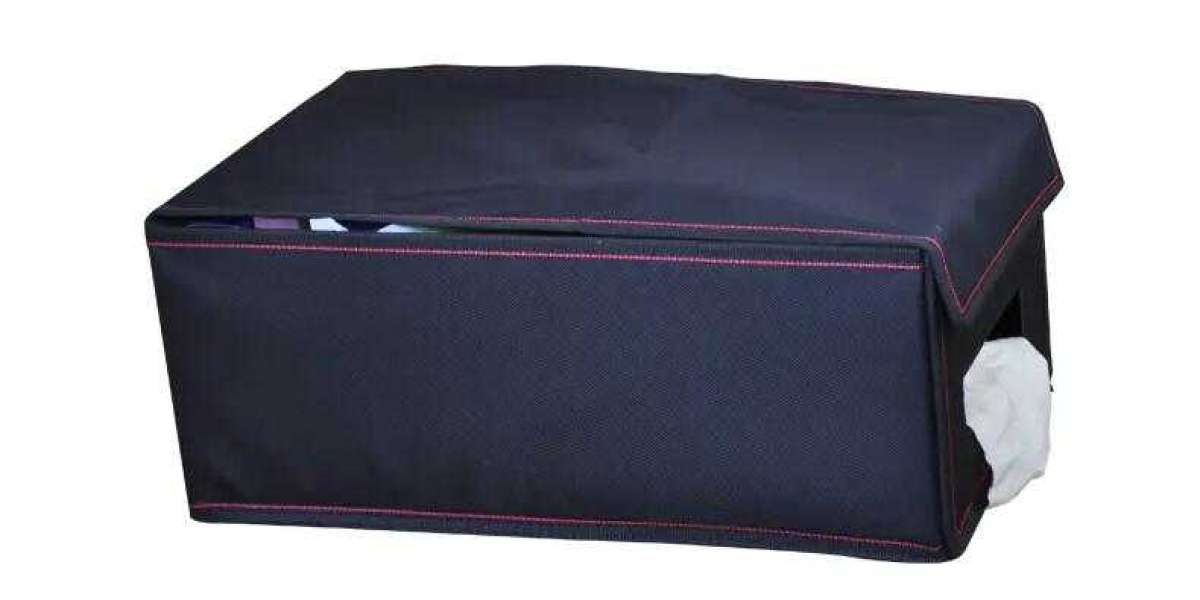A professional hearing aid fitting service is crucial for ensuring that your hearing aids are perfectly tailored to your individual auditory needs. This service goes beyond simply setting up a device; it involves a comprehensive process designed to optimize hearing performance, enhance comfort, and address your specific hearing challenges. This guide provides an overview of what a professional hearing aid fitting entails, why it’s essential, and how it can significantly improve your hearing experience.
Understanding the Hearing Aid Fitting Process
- Initial Consultation
The first step in the hearing aid fitting process is a detailed consultation with your audiologist. During this initial meeting, the audiologist will review your hearing test results, discuss your hearing history, and understand your lifestyle needs. This conversation is crucial as it helps the audiologist determine the type of hearing aid that best suits your hearing loss and daily activities.
- Selecting the Right Hearing Aid
Based on your hearing assessment and personal preferences, the audiologist will recommend a suitable hearing aid model. Factors influencing the selection include the degree of hearing loss, ear shape, aesthetic preferences, and specific features such as Bluetooth connectivity or noise reduction capabilities. Your audiologist will guide you through the options, explaining the benefits and limitations of each.
- Custom Fitting
Once a hearing aid model is selected, the fitting process begins. The audiologist will ensure that the hearing aid is physically comfortable and securely positioned in your ear. This may involve adjusting the device for an in-the-ear fit or customizing behind-the-ear components. For custom-fit hearing aids, impressions of your ear may be taken to create a mold that ensures a snug and comfortable fit.
- Programming and Calibration
Programming the hearing aid is a critical step. The audiologist will use specialized equipment to adjust the hearing aid’s settings according to your audiogram, which details your specific hearing loss across different frequencies. Calibration involves fine-tuning the device to match your hearing profile, ensuring that amplification levels are set correctly for optimal sound quality and clarity.
- Real-Ear Measurement
To verify that the hearing aids are providing the correct amplification, real-ear measurement may be performed. This involves placing a tiny microphone in your ear canal to measure the sound levels produced by the hearing aids. The audiologist uses this data to make precise adjustments, ensuring that the hearing aids deliver the intended amplification across various frequencies.
- Trial Period and Adjustments
After the initial fitting and programming, you’ll enter a trial period where you test the hearing aids in real-life situations. This phase allows you to assess how the devices perform in different environments, such as noisy restaurants or quiet rooms. The audiologist will schedule follow-up appointments to make any necessary adjustments based on your feedback, fine-tuning the settings to enhance your listening experience.
- Training and Education
Your audiologist will provide comprehensive training on how to use, clean, and maintain your hearing aids. This includes instructions on inserting and removing the devices, changing batteries or recharging, and adjusting settings. Understanding how to properly care for your hearing aids ensures their longevity and optimal performance.
Benefits of Professional Hearing Aid Fitting
- Personalized Experience
A professional fitting ensures that your hearing aids are customized to your specific hearing needs and preferences. This personalized approach enhances your overall satisfaction and effectiveness of the devices.
- Optimal Performance
Professional fitting maximizes the performance of your hearing aids by precisely calibrating them to match your hearing loss profile, providing clear and natural sound.
- Comfort and Fit
Proper fitting ensures that the hearing aids are comfortable to wear and securely positioned, reducing the risk of discomfort or irritation.
- Ongoing Support
Professional fitting services include follow-up appointments and ongoing support to address any issues or adjustments needed as you adapt to your new hearing aids.
Conclusion
Professional hearing aid fitting services are essential for achieving the best possible hearing experience. Through a thorough consultation, precise fitting, and detailed programming, audiologists ensure that your hearing aids are tailored to your unique needs. This comprehensive approach not only enhances the performance of your devices but also improves your overall comfort and satisfaction. By investing in professional fitting services, you ensure that your hearing aids deliver clear, natural sound and provide the support needed for a better quality of life.


